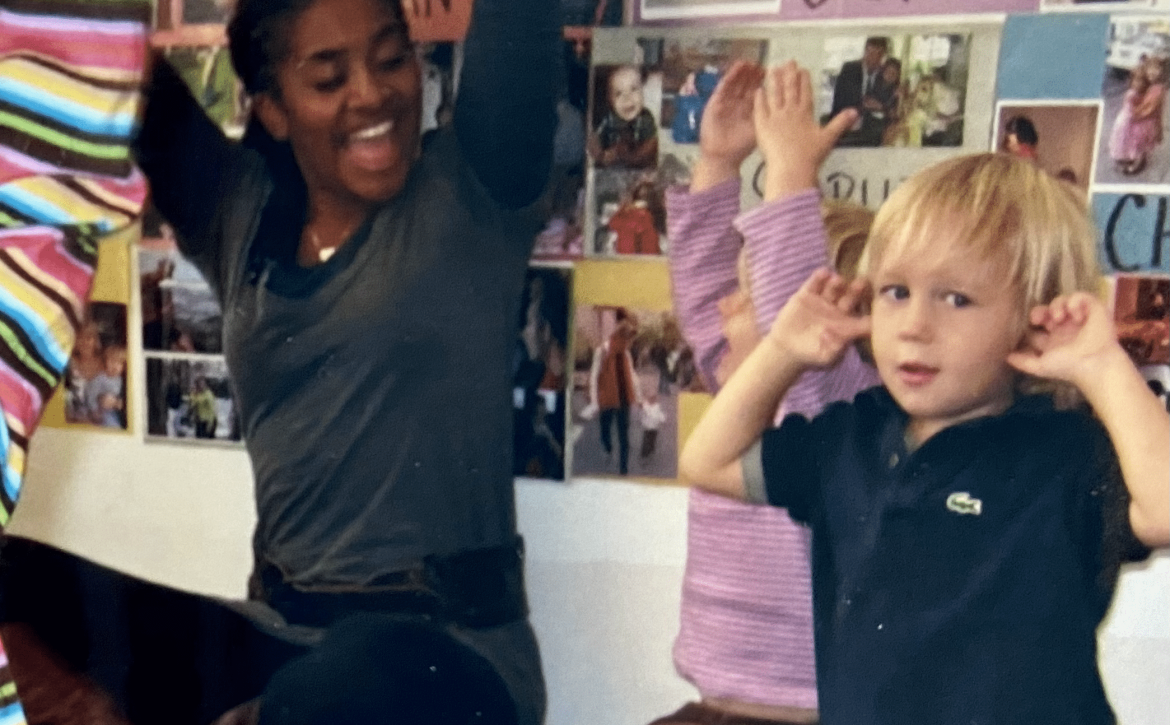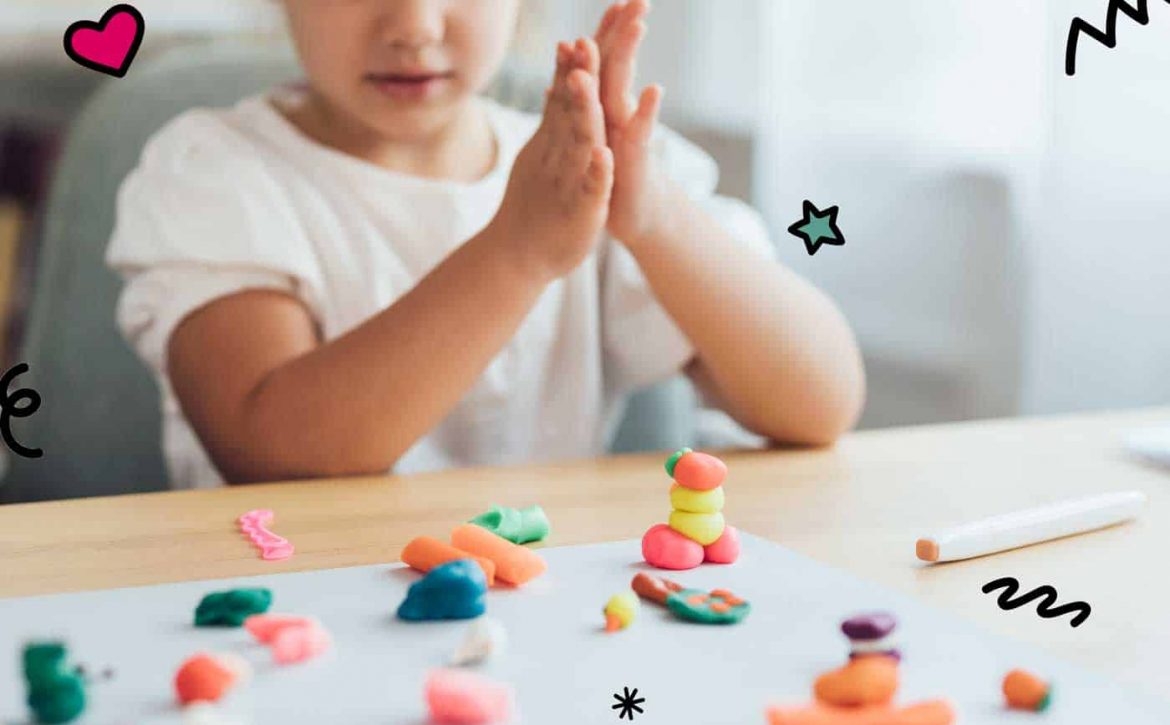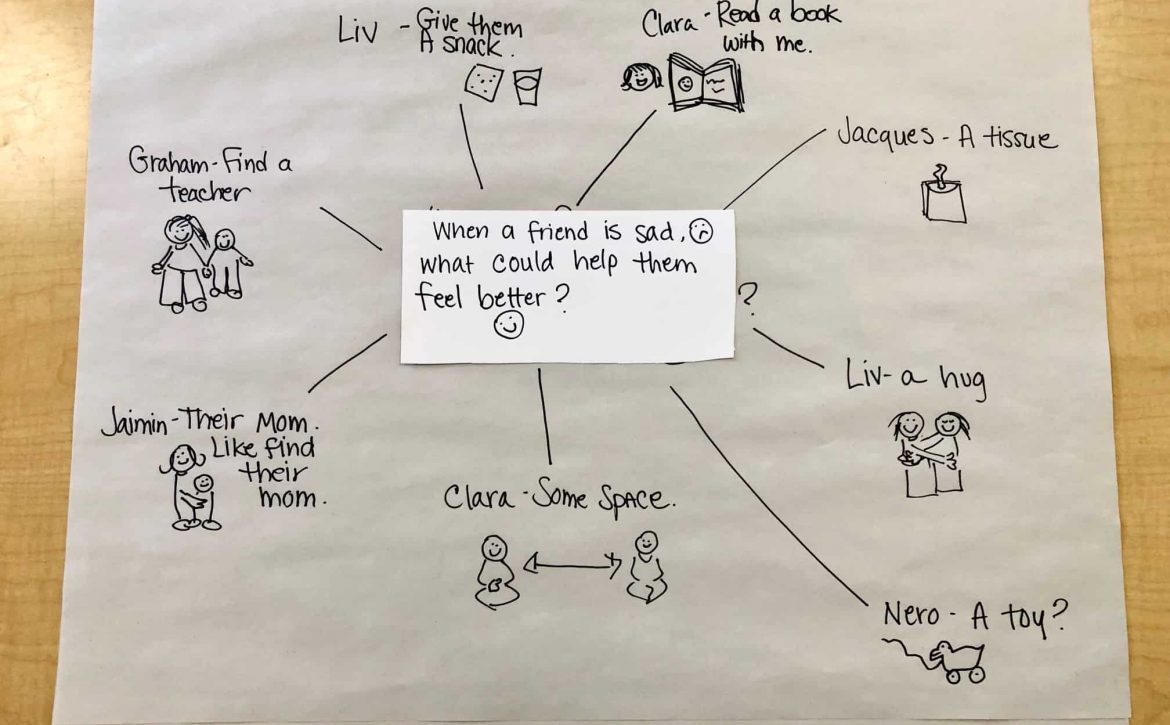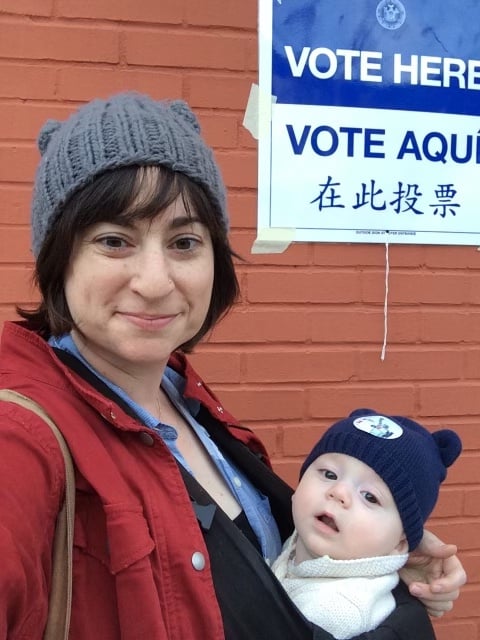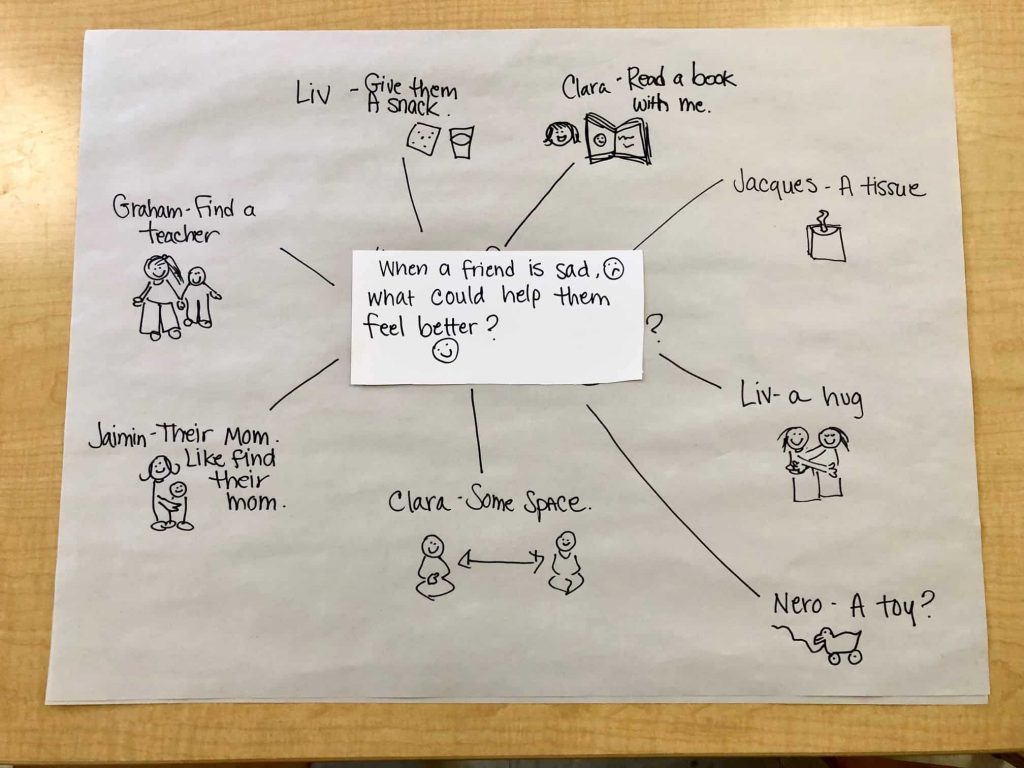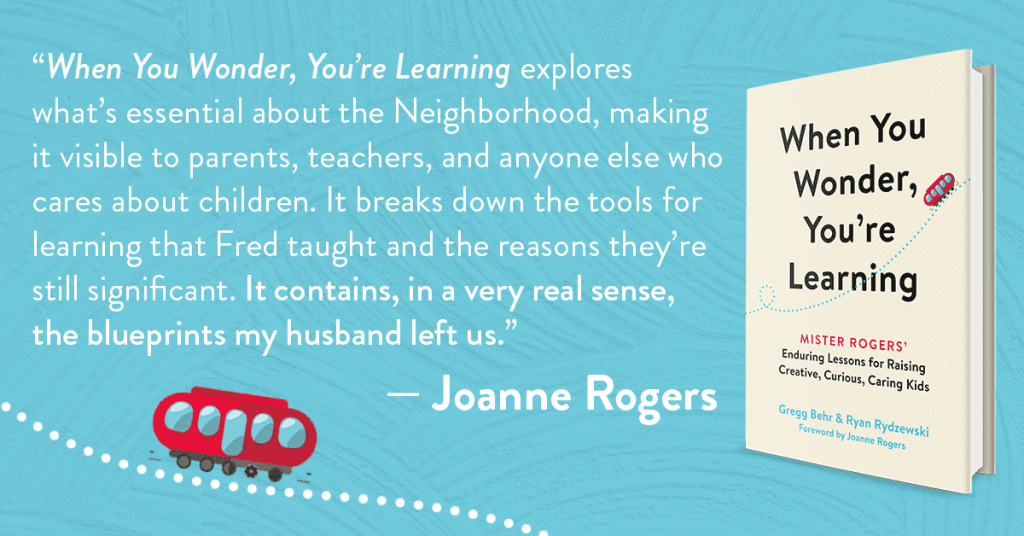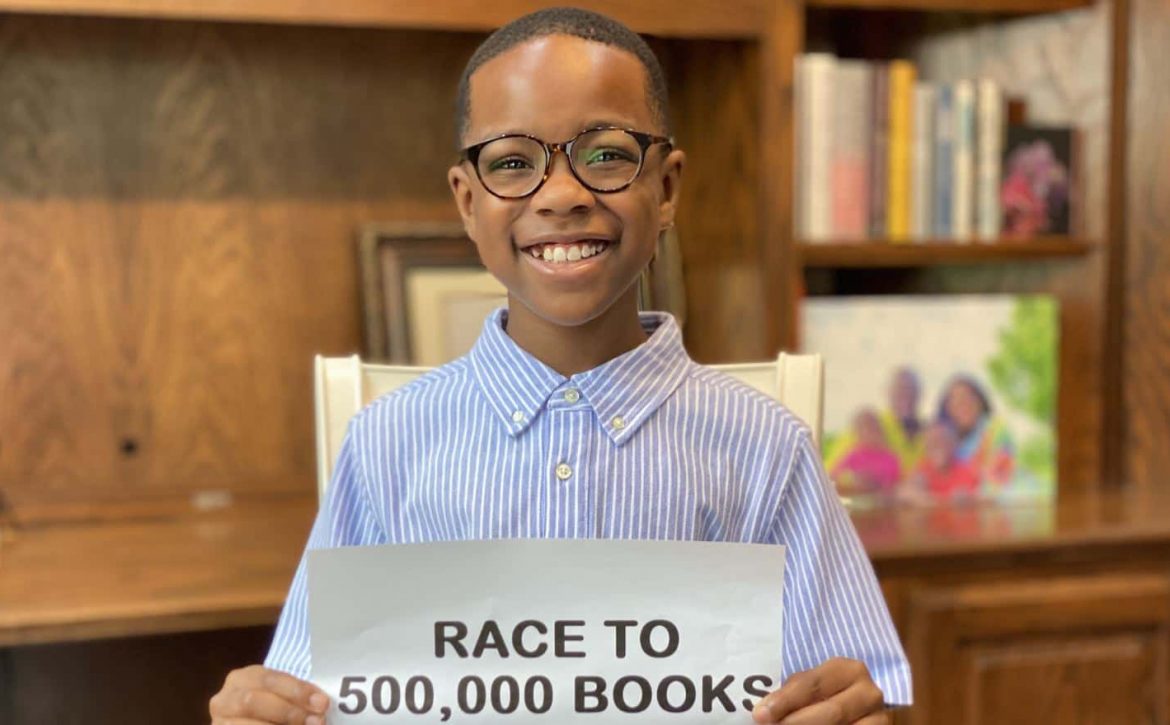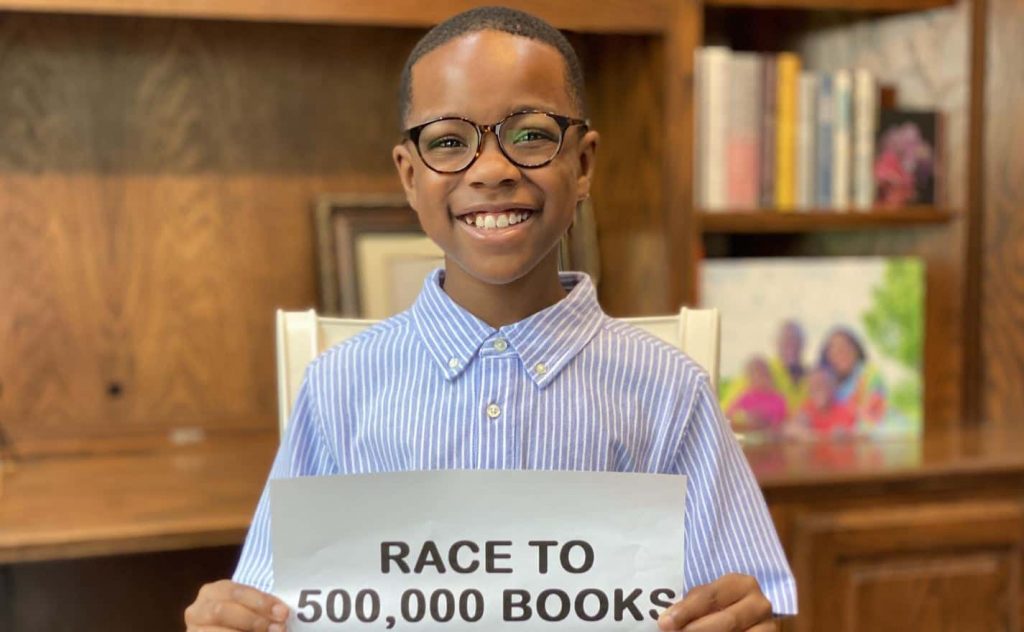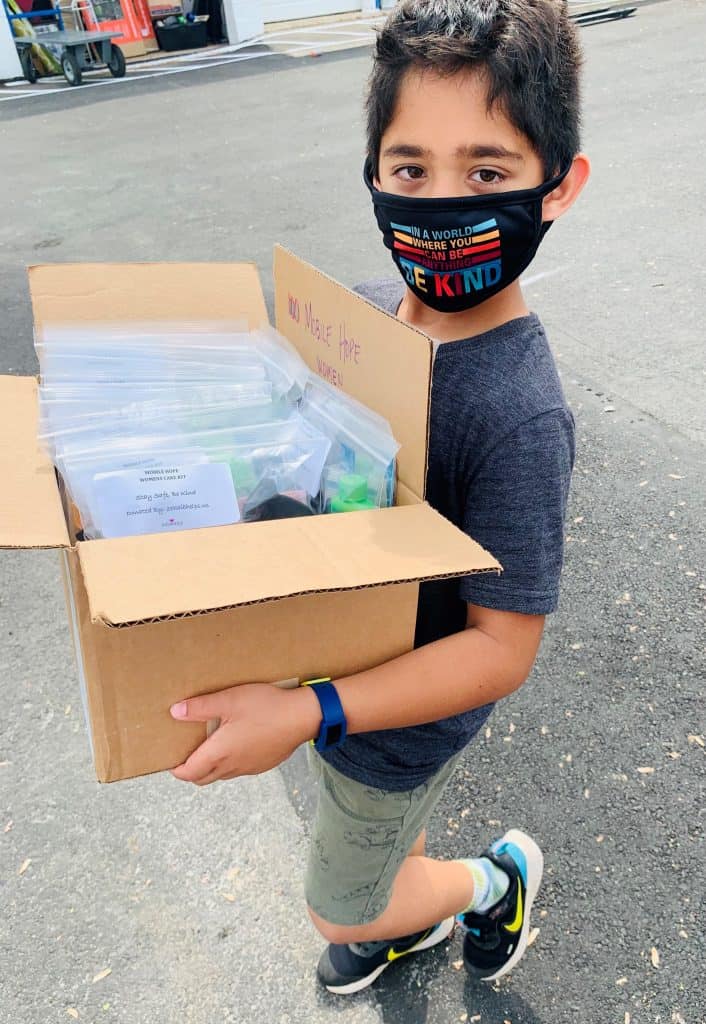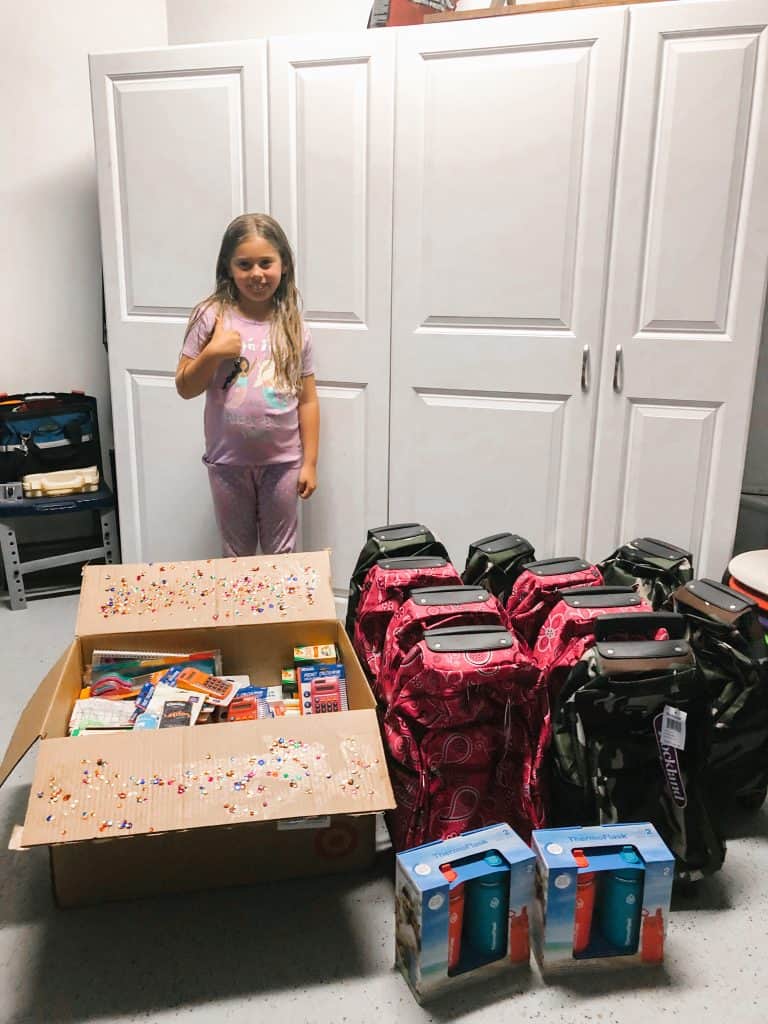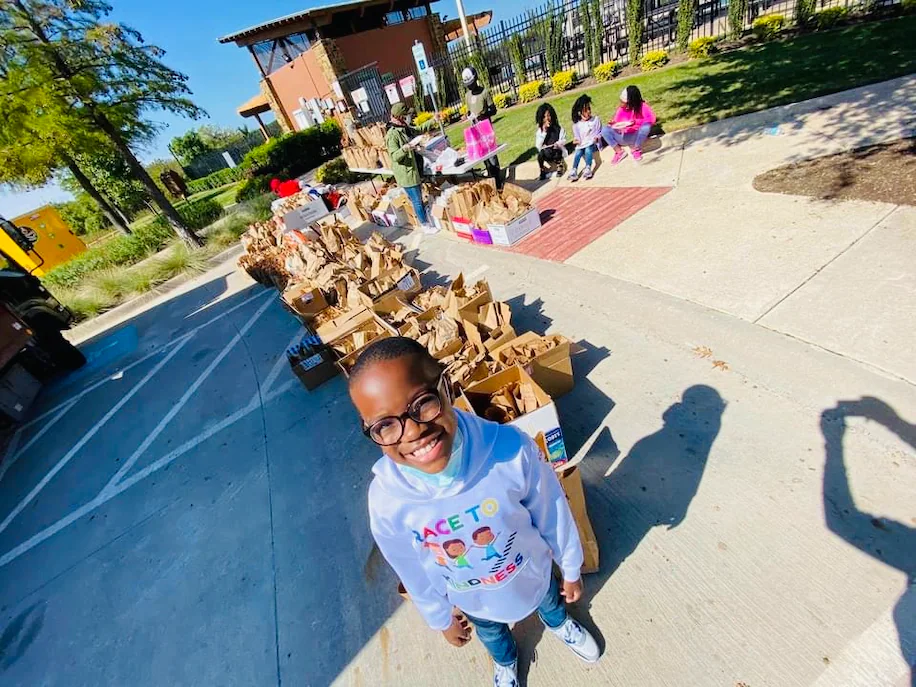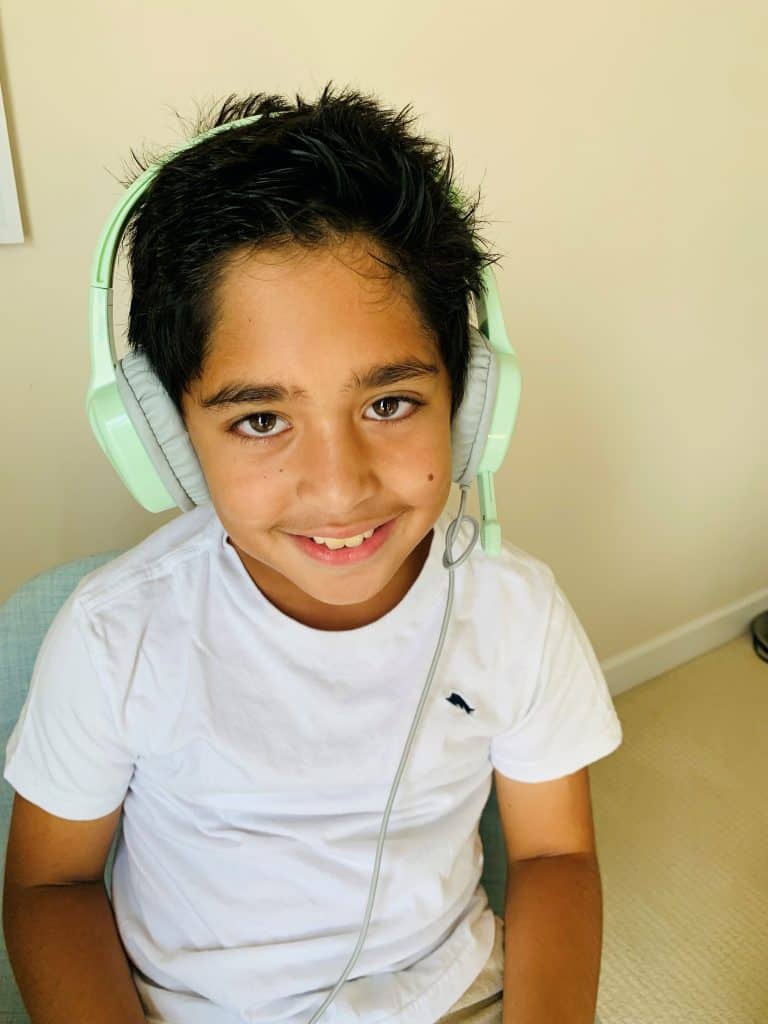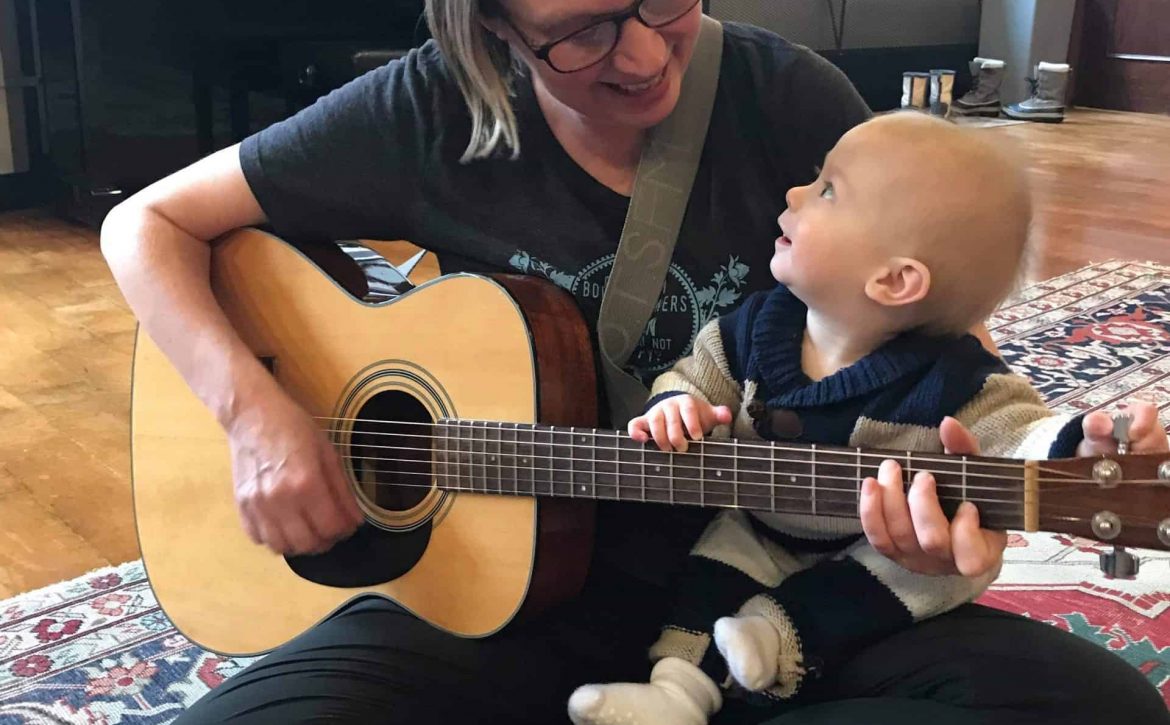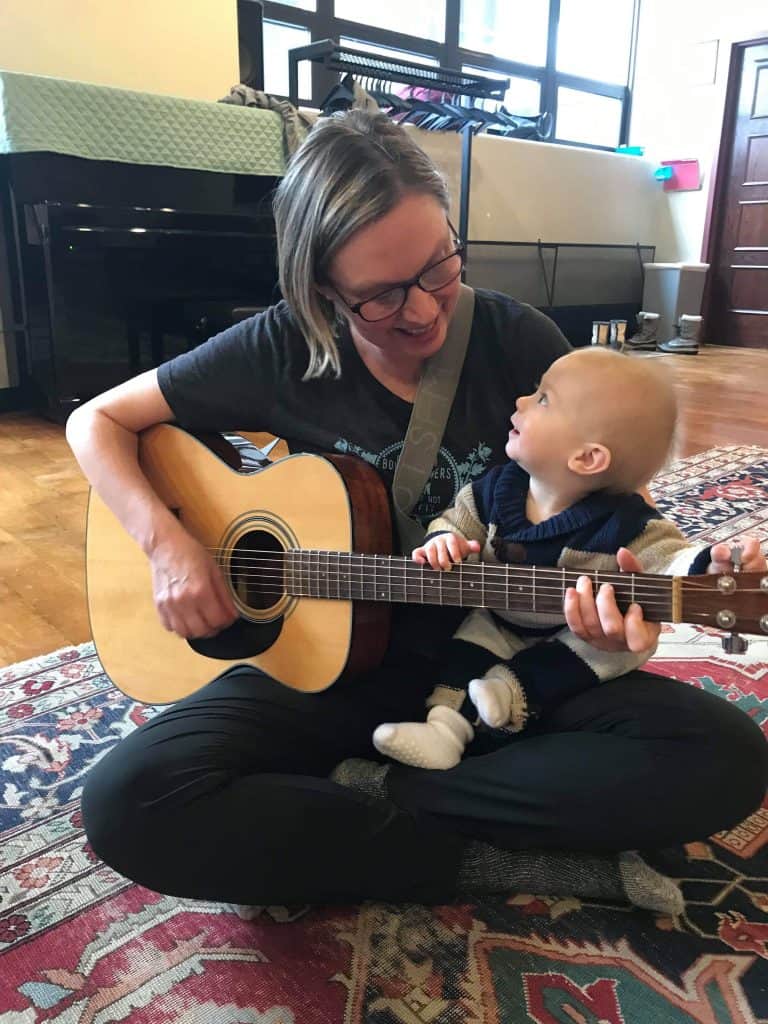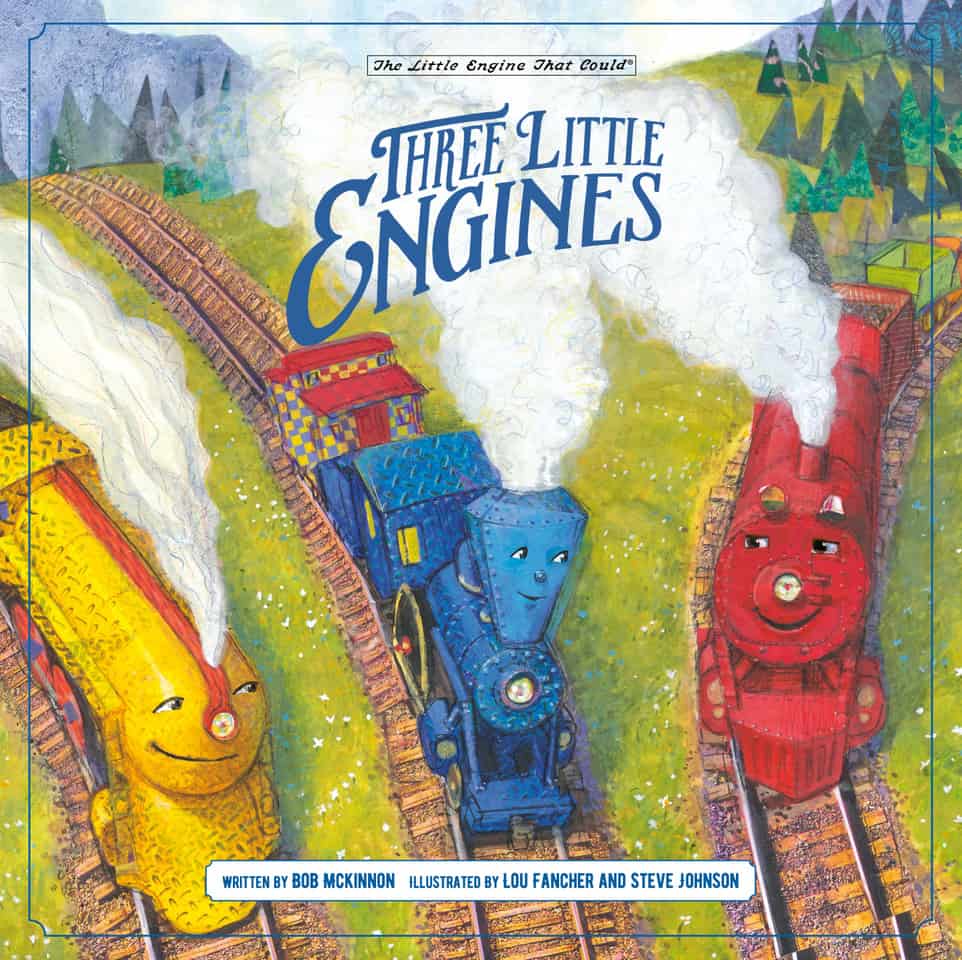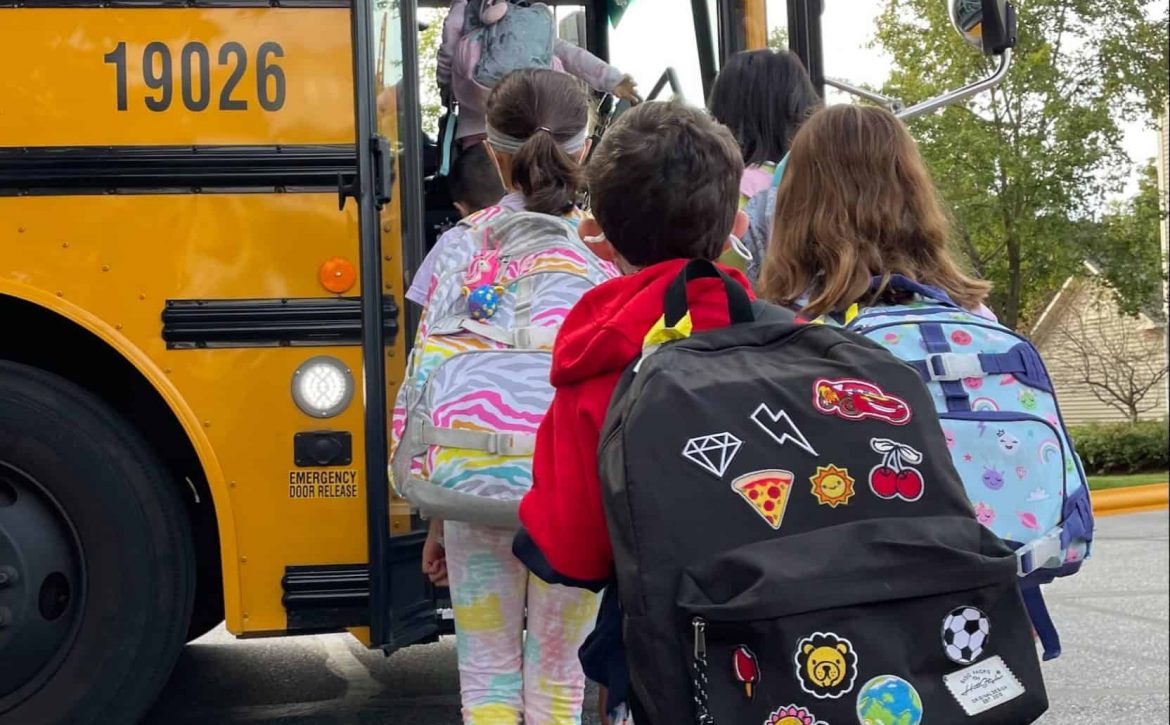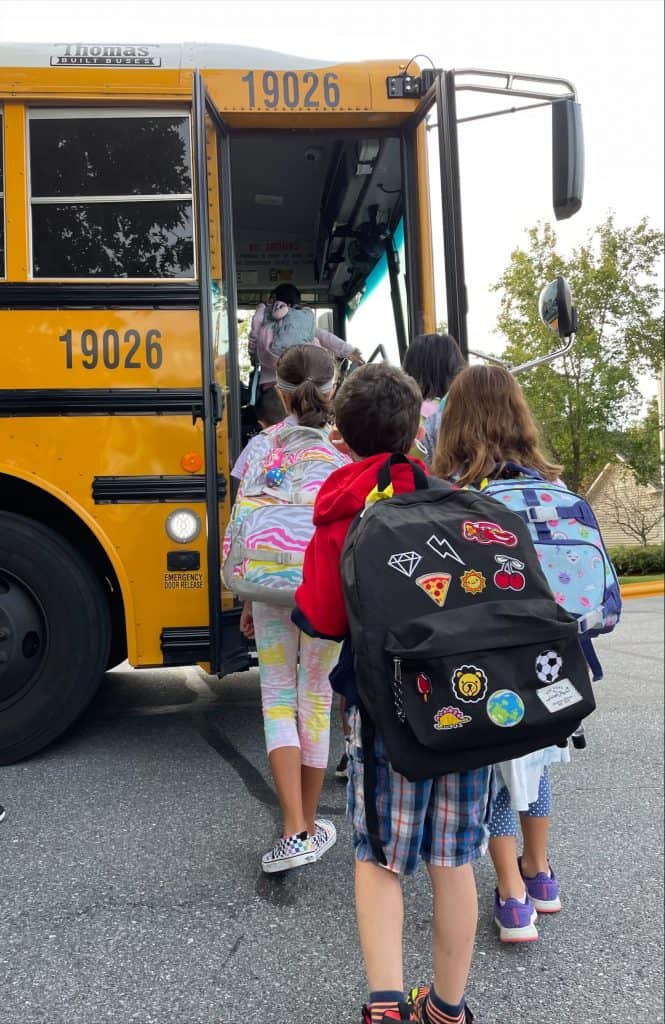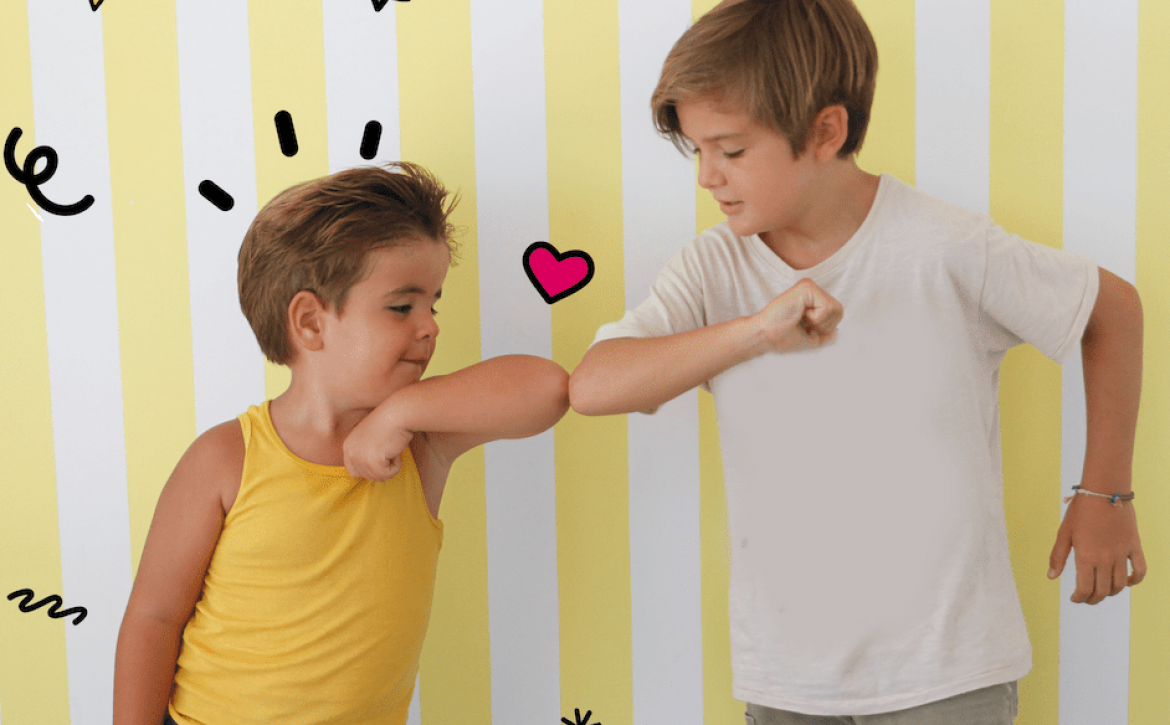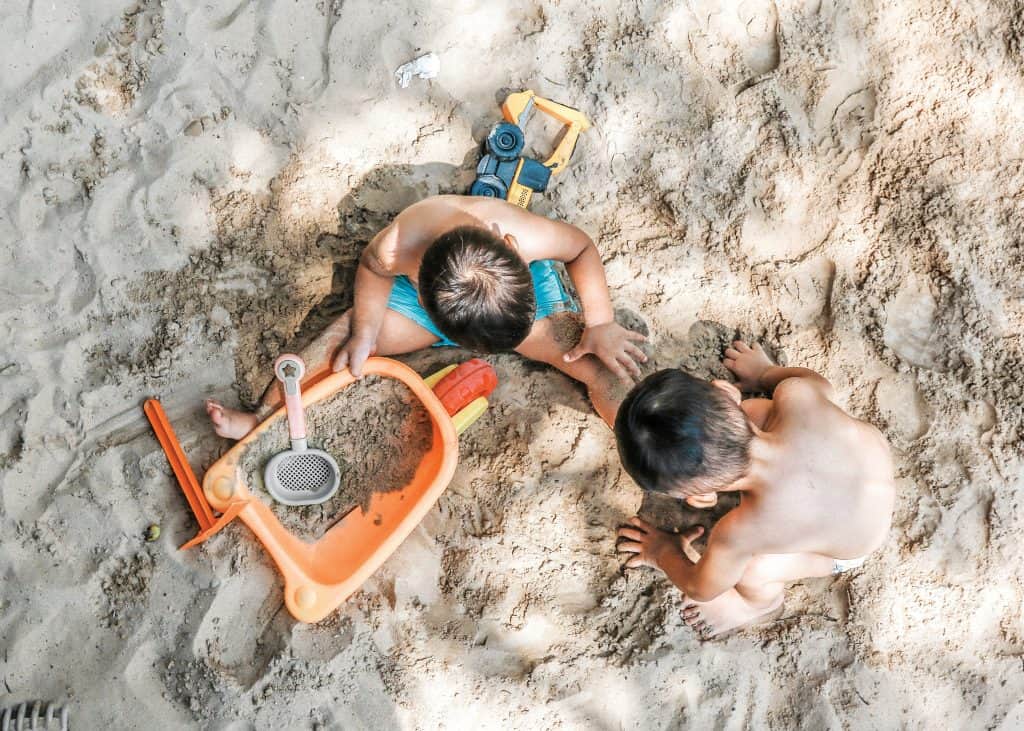COVID’s Impact on Social and Emotional Learning — And How We Can Help Kids Thrive
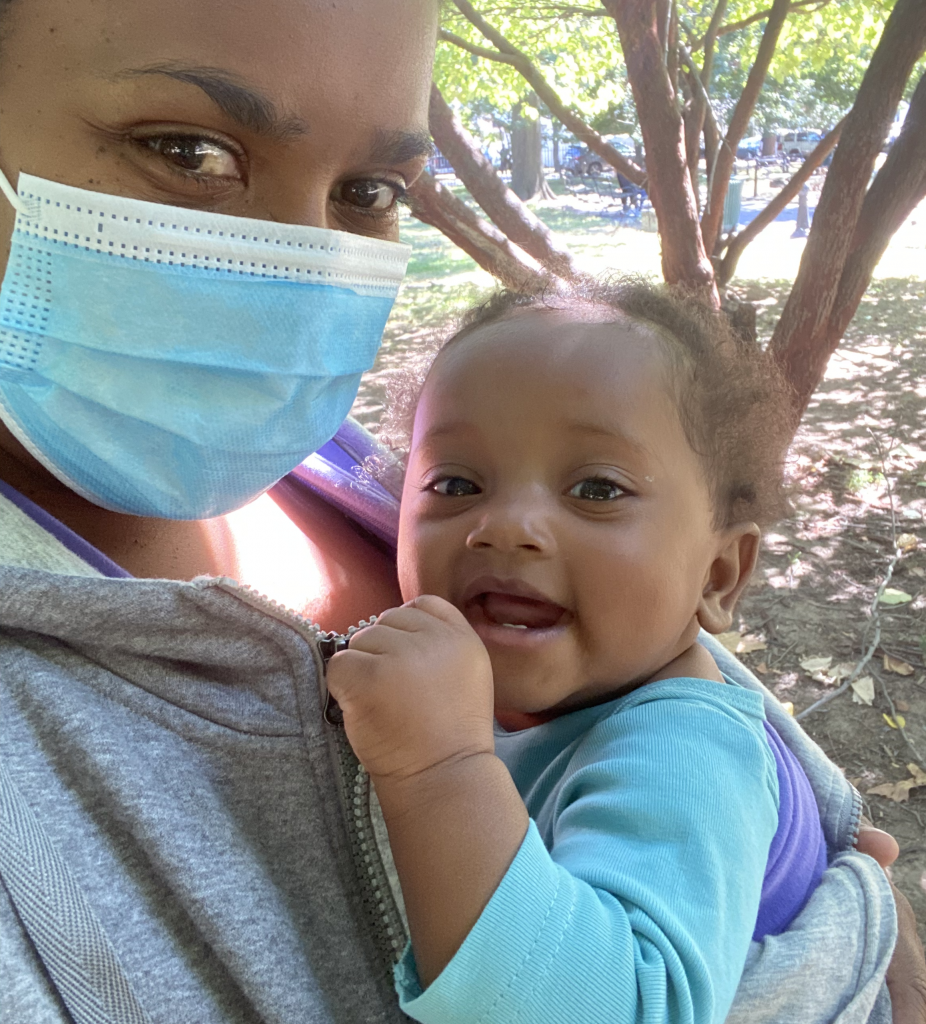
As an early childhood educator and mother of a young child, I am acutely aware of the challenges educators and families have faced over the last 22 months.
My daughter was born about a month before we all went into lockdown in March 2020. As we near her second birthday, it’s hard to believe distancing, face masks, separation from friends and family, and uncertainty have been the norm for her entire life.
It’s unfathomable to think that more than more than 167,000 (roughly 1 in 450) U.S. children have lost a parent or grandparent caregiver to the virus (source).
As parents and educators, we need to consider the impact this “new normal” is having on our individual children and on society as a whole, especially since we know how important the first three years of life are in children’s development (source). And we need to think about what we can do to support young children, even as they face today’s challenges.
COVID’s Impact on Children’s Social and Emotional Learning
There’s been a lot written about “learning loss” in the older grades (source) (source), but there’s also a growing body of reports and research assessing the impact of the pandemic on children’s mental wellness and social-emotional learning.
Last month, U.S. Surgeon General Dr. Vivek H. Murthy released a youth mental health advisory. He wrote: “Supporting the mental health of children and youth will require a whole-of-society effort to address longstanding challenges, strengthen the resilience of young people, support their families and communities, and mitigate the pandemic’s mental health impacts.”
A recent study from Columbia University and published in the journal JAMA Pediatrics found that that babies born in the first year of the pandemic, between March and December 2020 scored slightly lower on the Ages & Stages Questionnaire (ASQ) at 6 months of age than children born before the pandemic began.
“We were surprised to find absolutely no signal suggesting that exposure to COVID while in utero was linked to neurodevelopmental deficits. Rather, being in the womb of a mother experiencing the pandemic was associated with slightly lower scores in areas such as motor and social skills, though not in others, such as communication or problem-solving skills. The results suggest that the huge amount of stress felt by pregnant mothers during these unprecedented times may have played a role,” said Dani Dumitriu, MD, PhD, assistant professor of pediatrics and psychiatry at Columbia University Vagelos College of Physicians and Surgeons and lead investigator of the study.
Dr. Dumitriu said these small shifts — at a population level — could have a “significant public health impact.”
Another recent article indicates that mask wearing by adults and children may impact children’s social and emotional development as masks can impair our ability to recognize others’ emotions. This is particularly difficult for preschoolers who are just learning this complex skill.
Despite our best efforts at transitioning our rich classrooms to “virtual learning environments,” enrollment is down across the country (source).
Some families chose to delay their children’s first school experience while others pulled their children out of programs when distance learning options weren’t working well for them. Those who are currently enrolled certainly missed a good part of the school experience through the height of the pandemic.
All of this missed schooling is reflected in increased behavioral challenges reported by parents and parents’ increased worries about their children’s social and emotional development and well-being (source).
“The year that they were out of school was a year that they didn’t have the opportunities for developing the social skills that normally happen during their period of development,” Dr. Tami Benton told NPR recently. “And you’re sort of catching up on all of that under extraordinary circumstances.” (source).
This is as true for preschool children as it is for those in K-12 schools.
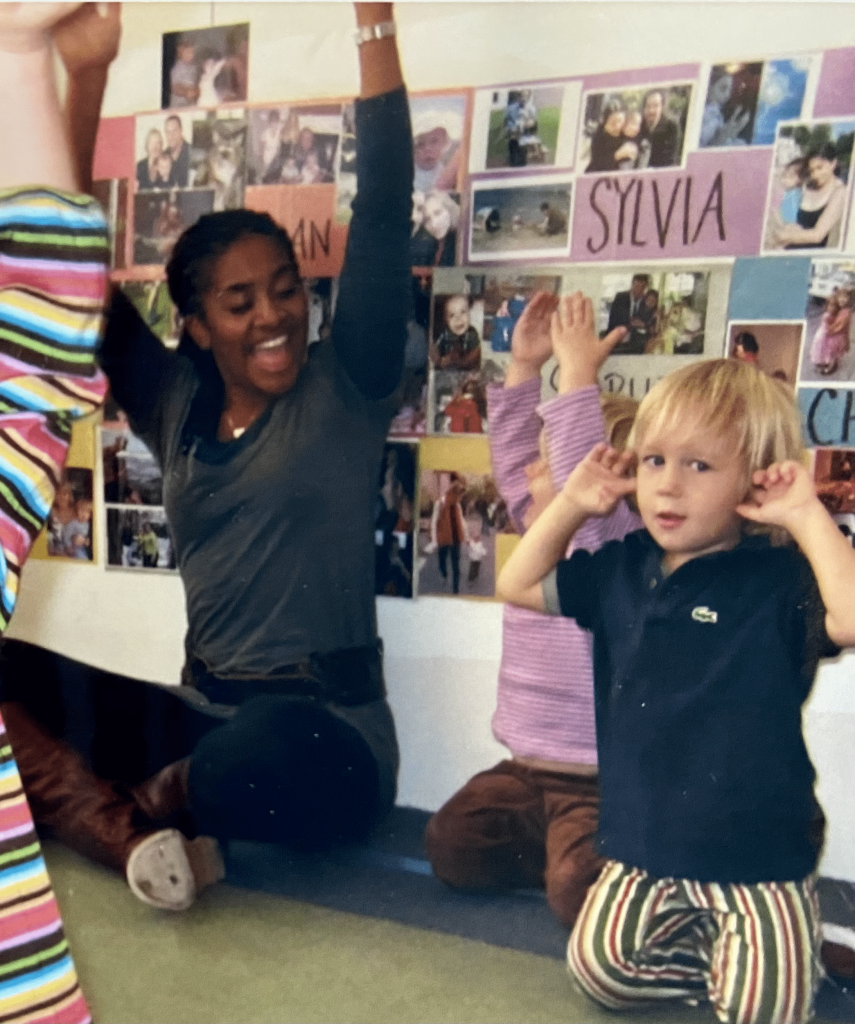
How Can We Support Social and Emotional Learning for the Children of COVID?
There is still much to learn about the short- and long-term effects of the pandemic on early social and emotional learning (source). The question is: What can we do to help support our children, especially our youngest children who have lived most (or all) of their lives during this disrupted time?
Here are 5 suggestions from a long-time educator and mom of a toddler:
- Focus on Feelings: Help children clearly express their feelings by using specific language when supporting child-to-child interactions. Exaggerate your facial expressions if you are wearing a mask.
- Acknowledge ALL the Stress: We all feel stress, whether we’re preschoolers, parents, teachers, or administrators. It’s fine to explain in age-appropriate language to your child that grown-ups get stressed out, too. And a little grace goes a long way!
- Calm Down: Practice and model strategies like deep breathing. Create a cozy space in your classroom or home that a child can choose to visit if they need a break.
- Adjust Expectations: Assume that each child is doing his or her best at any given moment. If a system isn’t working for a student, adjust the system rather than expecting the child to conform.
- Practice Peer Interactions: Learning to make friends, share, and solve problems with friends is important, but what feels “safe” is different for all families and keeps changing as the pandemic evolves. Find what works best for your child. As Dr. Kavita Tahilani explained, parents can find smaller, less intense ways for children to practice peer interactions. This may mean one-on-one playdates outside or virtual playdates using a common material like playdough.
With our focused, thoughtful attention to social emotional learning and the mental health of children and parents, the children in our care will be able to move past this time with resilience and strength.

